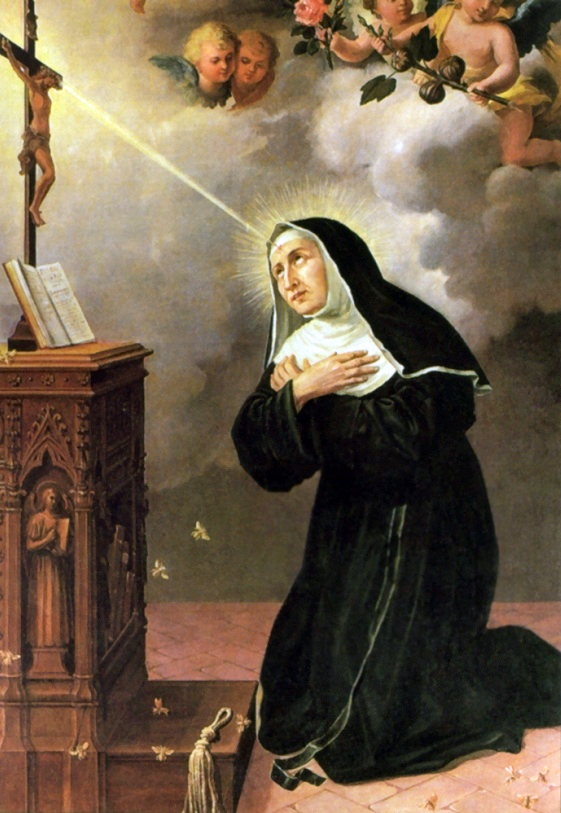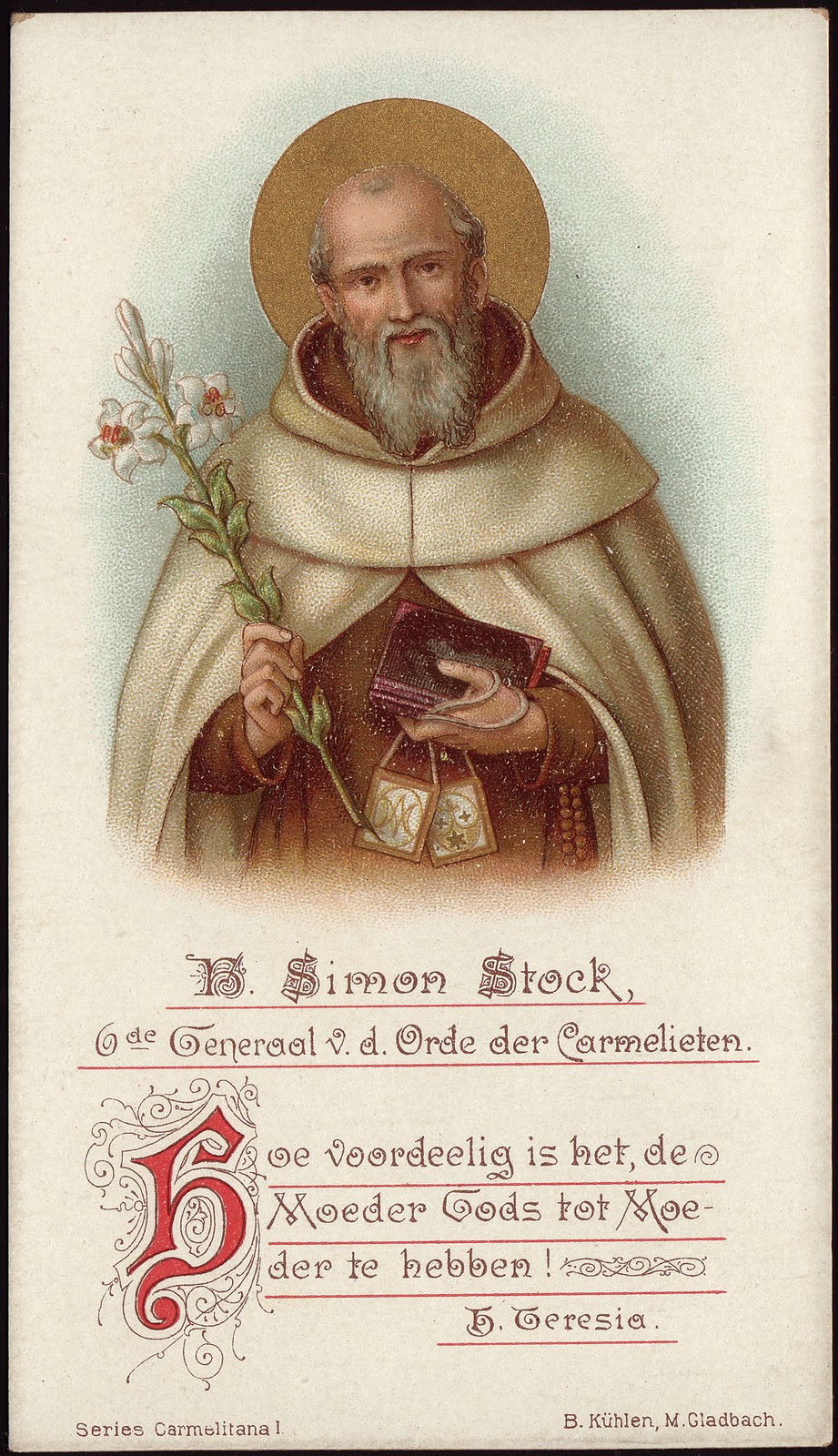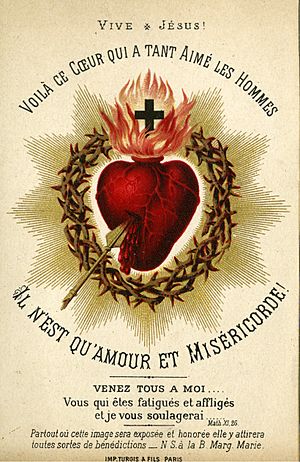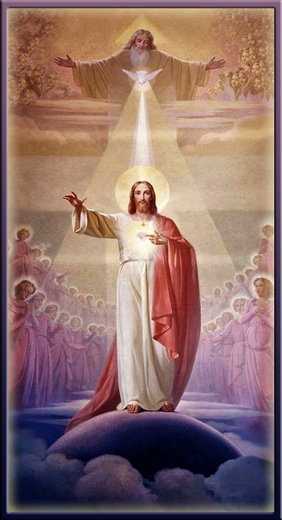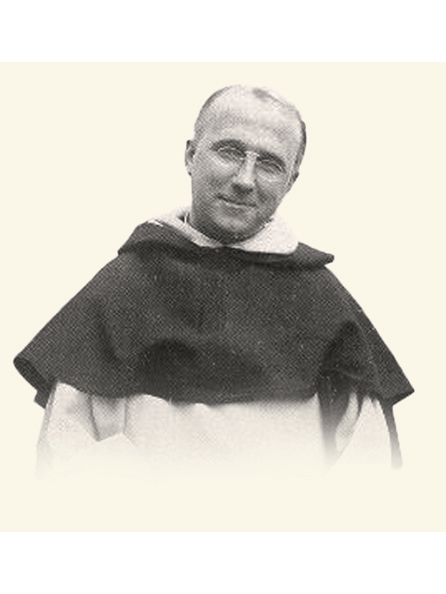
For winter is now past, the rain is over and gone. The flowers have appeared in our land....Arise, my love, my beautiful one, and come....Show me thy face, let thy voice sound in my ears: for thy voice is sweet.... (Canticle of Canticles 2:11-12, 13-14)How appropriate that the month of May is crowned with the joyful feast of the Visitation. At the voice of Mary greeting her cousin Elizabeth, the infant St. John the Baptist received sanctifying grace and was cleansed of original sin. As St. Alphonsus Liquori wrote in The Glories of Mary those blessings were "the first graces which to our knowledge the Eternal Word granted on earth after His incarnation...thenceforward God made Mary the universal channel...through which all the other graces which which Our Lord is dispensed to us should pass." She whom the angel hailed as "full of grace" would be for all ages to come the "Mediatrix of Grace." "In me is all grace of the way and of the truth." (Ecclesiasticus 24:25)
We, too, are visited by Our Lady. Her prayers obtain for us many moments of actual grace. In the words of St. Francis de Sales in his Sermons on Our Lady: "Our Lady wants to visit us very often but we do not really want to receive her." Responding to grace means renunciation. To quote St. Francis de Sales again:
Transformation is the true mark of divine visitation. We would like to have revelations, but as a form of recreation...because they are sweet and pleasing. Now, God does not give them for that; always they must cost us something....We must then be firmly determined to suffer. And what? Dryness, aridity, disgust. It sometimes seems to us that we have been abandoned by God. You must endure all that if you wish to share in these visits, for to think we can be devout without suffering is a delusion. Where there is more difficulty, there is more virtue. (Sermons on Our Lady)When the Israelites crossed the Red Sea, Miriam, the sister of Moses, led the women in song: "Let us sing to the Lord, for He is gloriously magnified." (Exodus 15:20-21) At the Visitation, Mary carries the Hidden God within her. She is the new Ark of the Covenant. As the Ark of the Lord led the ancient armies of Israel to victory, so the Blessed Mother goes before the pilgrim church to the Promised Land of Heaven. At evening prayer, the Church daily recites the Canticle of Mary: "My soul doth magnify the Lord." (Luke 1:46) Her song of praise has become our own, even in the land of exile.






















 Today is her feast.
Today is her feast.



